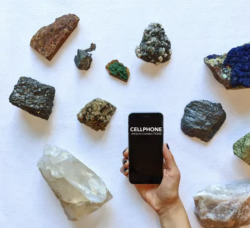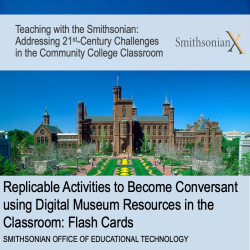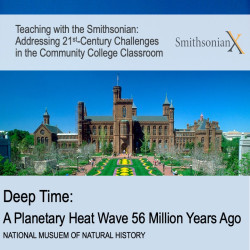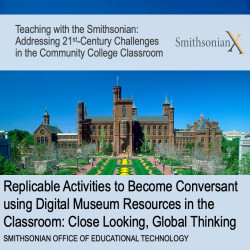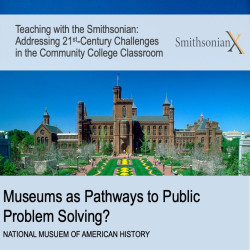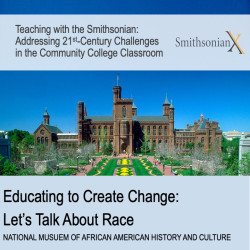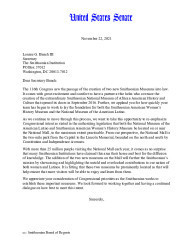Philippa Rappoport
I work in education and engagement, teacher professional development, and outreach at the Smithsonian Office of Educational Technology (OET), and have a particular interest in developing and producing trainings, programs, teaching techniques, and platforms that foster deep learning and contribute knowledge to improve practices in museum and preK-16 education and engagement. At OET over the last decade+, I created digital assets for schools, families, and new immigrant English Language learners to complement teacher professional development and pan-Smithsonian programming, including Learning Lab teaching collections, YouTube videos with tradition bearers, a handmade family stories book-making website, and online heritage tours.
Philippa Rappoport's collections
2024 Smithsonian-Montgomery College Faculty Fellowship Program - National Air and Space Museum
 Philippa Rappoport
Philippa Rappoport
2024 Smithsonian-Montgomery College Faculty Fellowship Program - National Museum of Natural History
 Philippa Rappoport
Philippa Rappoport
2024 Smithsonian-Montgomery College Faculty Fellowship Program - Opening Panel Resources
 Philippa Rappoport
Philippa Rappoport
Deep Time: A Planetary Heat Wave 56 Million Years Ago (National Museum of Natural History)
 Philippa Rappoport
Philippa Rappoport
Student Activity: Exploring Luis Cruz Azaceta's "Shifting States: Iraq"
 Philippa Rappoport
Philippa Rappoport
Learning Lab Training Collection on the Theme: “Social Justice in the Time of Pandemic"
 Philippa Rappoport
Philippa Rappoport
Hung Liu: Portraits of Promised Lands (National Portrait Gallery)
 Philippa Rappoport
Philippa Rappoport
Replicable Activities to Become Conversant using Digital Museum Resources in the Classroom: Close Looking, Global Thinking
 Philippa Rappoport
Philippa Rappoport
Power of Storytelling (National Museum of African American History and Culture)
 Philippa Rappoport
Philippa Rappoport
Educating to Create Change: Let’s Talk About Race (National Museum of African American History and Culture)
 Philippa Rappoport
Philippa Rappoport
Learning Lab Introduction and Training for DC Embassy Adoption Program Teachers: Exploring Luis Cruz Azaceta's "Shifting States: Iraq"
 Philippa Rappoport
Philippa Rappoport
Social Justice in the Time of Pandemic: Presentations from the National Museum of African American History and Culture
 Philippa Rappoport
Philippa Rappoport



